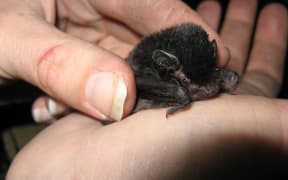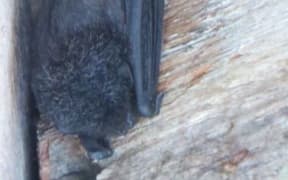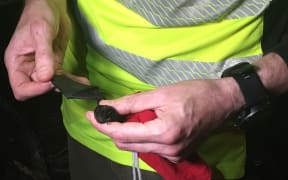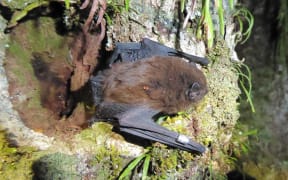Rotorua residents may be able to check out a threatened species of native bats while they stop by the supermarket, after a new discovery that bats are using urban areas in the city.
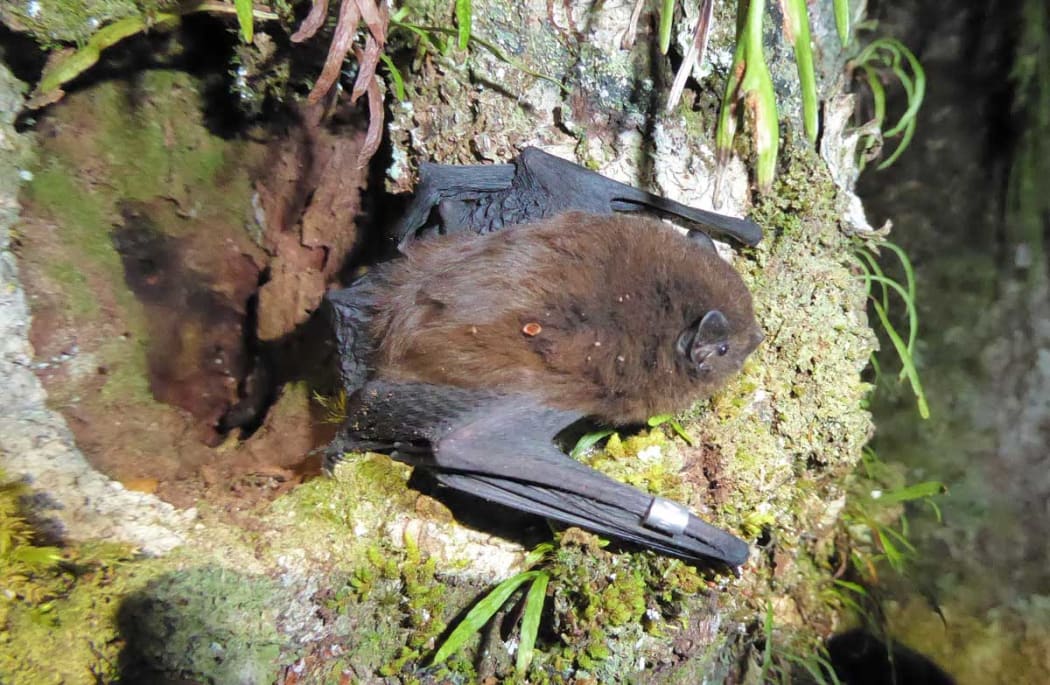
Long-tailed bats have been found at two sites in Rotorua's Sanatorium Reserve. Photo: Department of Conservation
Until about 10 years ago New Zealand's threatened long-tailed bat species were thought to stick to quiet areas of forest, and avoid humans and urban spaces.
But populations have since been found in built-up areas in Hamilton and Auckland - and now they have been seen in Rotorua's city centre.
Wildlands ecologist and bat expert Dr Kerry Borkin helped put audio monitoring equipment in trees that picked up the bats' echolocation sound waves, recording their presence.
The bats were recorded in trees at two sites in the Sanatorium Reserve, near Puarenga Stream and Pak'n Save, both near Rotorua's city centre.
The recordings were made in tall eucalyptus trees, a type of tree they are known to roost in elsewhere, Dr Borkin said.
"We knew that there were bats not too far from town, using the forests nearby, so we decided to find out if they were in the reserve.
"They're flying through the reserve at night ... we're unsure whether they are only visiting at night, and we don't know where they're roosting, but we know they're using [the reserve]."
Dr Borkin said finding another population using urban areas is exciting.
"There's some evidence that shows that bats are negatively affected by increasing light and traffic and urbanisation, so it's important to protect them when we know they are there, and do what we can to help them."
Bats are New Zealand's only native land mammals, and are not often seen because they hide in cracks or holes in trees during the day.
People should not get too close, and bats should not be touched or handled, but the evening was the best time to try some quiet bat-spotting, Dr Borkin said.
"Long-tailed bats are really cute ... they're really amazing at flying. They fly like a swallow darting around, you can see them in the early evening going after the invertebrates, the insects that they eat.
"They have a really strong mother-baby bond, they hang out in maternal groups, they're just a really cool animal."
The Sanatorium Reserve, on the edge of Lake Rotorua is also home to other endangered birds and rare geothermal plant species, and conservation projects are being carried out by iwi, community groups, and the Rotorua Lakes Council.
Department of Conservation ecologist Rhys Burns said urban bat populations could be particularly vulnerable, because of predators such as cats, as well as human activities.
"One implication of finding this population is that the presence of bats should be considered before any large trees are felled in the Rotorua urban and peri-urban landscape," he said.
Dr Borkin said it was not clear if there would be further investigations to find out if the bats were roosting in the reserve.
"We don't want to disturb them if we don't have to."
